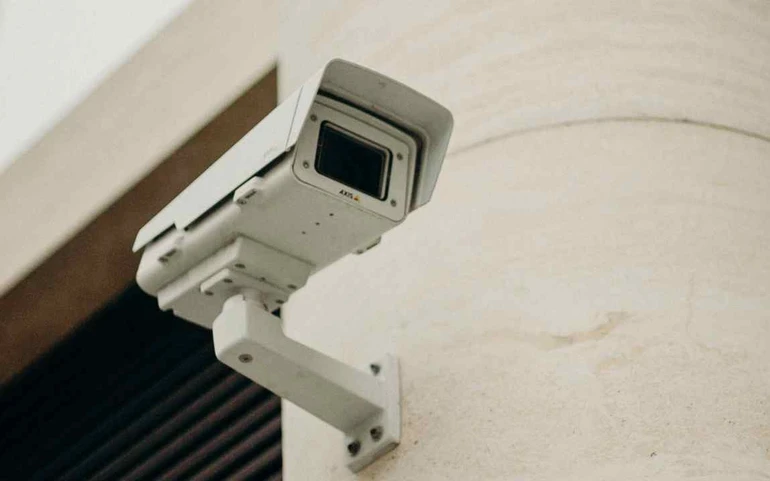
In the West, facial recognition has become commonplace in many sectors.
Facial recognition is used in the UK’s airports at border security gates, as well as throughout the shopping and business districts of Kings Cross. Meanwhile in the US, facial recognition is being implemented throughout the States’ law enforcement and federal agencies.
And with more speculative use cases like pupil registrations in schools or ticketing on public transport, the need for debate and awareness on this technology is critical.
One report from the Ada Lovelace Institute conducted independent research into facial recognition and it’s place in the world, and in today’s Emerge5 we’re diving in to the five biggest takeaways in the space today.
Awareness is high, but knowledge is low
Awareness of facial recognition technology is high, but knowledge about it is low, particularly with respect to the limitations of the technology. This warrants a more informed public debate about the deployment of facial recognition technology.
Consent is an important safeguard
Consent is an important safeguard for many people, with nearly half of the public expressing the belief that they should be able to opt out of, or consent to, facial recognition technology. In practice, this and other safeguards are often missing. There is a need to review and clarify the legal framework for facial recognition and ensure it keeps apace with public expectations.
People fear the normalisation of surveillance
The normalisation of surveillance sparks concerns among people; however, a majority backs facial recognition technology when tangible public advantages are evident and sufficient protective measures are established. This underscores the need for increased resources devoted to testing and clearly communicating the potential societal gains stemming from these technological advancements.
There is no unconditional support for police to deploy facial recognition technology
Not everyone fully supports the idea of police using facial recognition technology without any conditions. Instead, the level of support depends on certain limitations being in place and the right protections being ensured. People want rules and safeguards to be followed to make sure the technology is used properly. This shows that people are looking for a careful and balanced approach that takes into account both the advantages and potential problems of using this technology.
The public do not trust the private sector to use it ethically
The public does not trust the private sector to use facial recognition technology ethically, necessitating further dialogue between the public, private sector and policy-makers in order to understand and address this lack of trust.

